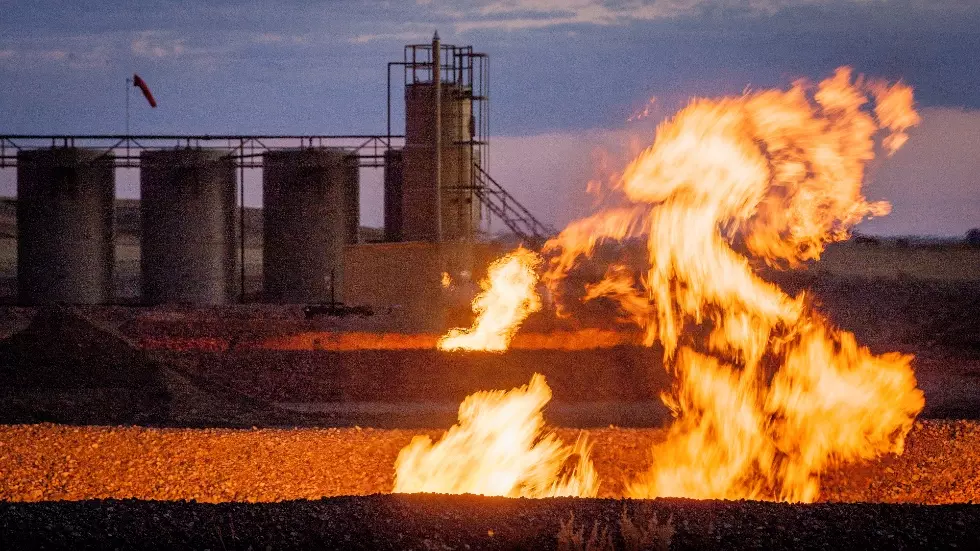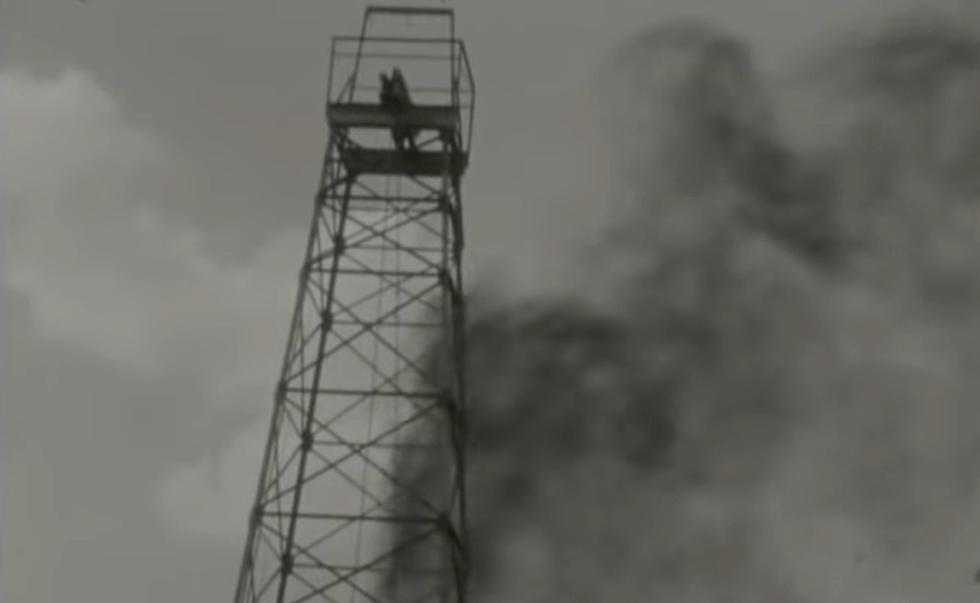
Fracking Leads to Methane Contamination of Water: Study
A new study published Monday in the Proceedings of the National Academy of Sciences provides data helpful both to the fracking industry and those opposed to the natural gas drilling method, ProPublica reports.
Scientists from Duke University studied a number of drinking wells in the area of fracking wells. While no chemicals were found from the drilling process, methane levels in many water supplies were quite high.In some instances, the methane levels were so high that researchers were able to set alight taps in affected houses. The Duke study found that homes within one kilometer (.6 mile) of active fracking wells had the highest concentrations of methane in the water, often 17-times higher than in residences still near active wells but beyond the one-kilometer mark.
Abraham Lustgarten of ProPublica says the study contains information that both sides of the policy debate over fracking can use:
The average concentration of the methane detected in the water wells near drilling sites fell squarely within a range that the U.S Department of Interior says is dangerous and requires urgent “hazard mitigation” action, according to the study.
The researchers did not find evidence that the chemicals used in hydraulic fracturing had contaminated any of the wells they tested, allaying for the time being some of the greatest fears among environmentalists and drilling opponents.
The study was conducted in Pennsylvania and New York. It is unclear what impact, if any, the differences in geology between that region and the Rocky Mountain area would have on similar testing done here.
More From KGAB









